You know how grown-ups sometimes say, “When I was your age, things were easier”? Well, kids today have new challenges to tackle. There’s a lot of homework, tests, and maybe even a bit too much screen time. Due to increased mental pressures arise the need for effective mental health activities.
Math & ELA | PreK To Grade 5
Kids see fun.
You see real learning outcomes.
Watch your kids fall in love with math & reading through our scientifically designed curriculum.
Parents, try for free Teachers, use for free
In this blog, we are going to explore some of the most effective mental health activities for kids. These activities are tools that can make kids’ hearts feel lighter and their minds feel stronger. They’re simple, fun, and they can make a big difference in a child’s life.
Related Reading: Strategies to Bring Out Mindfulness for Kids
7 Benefits of Mental Health Activities for Kids
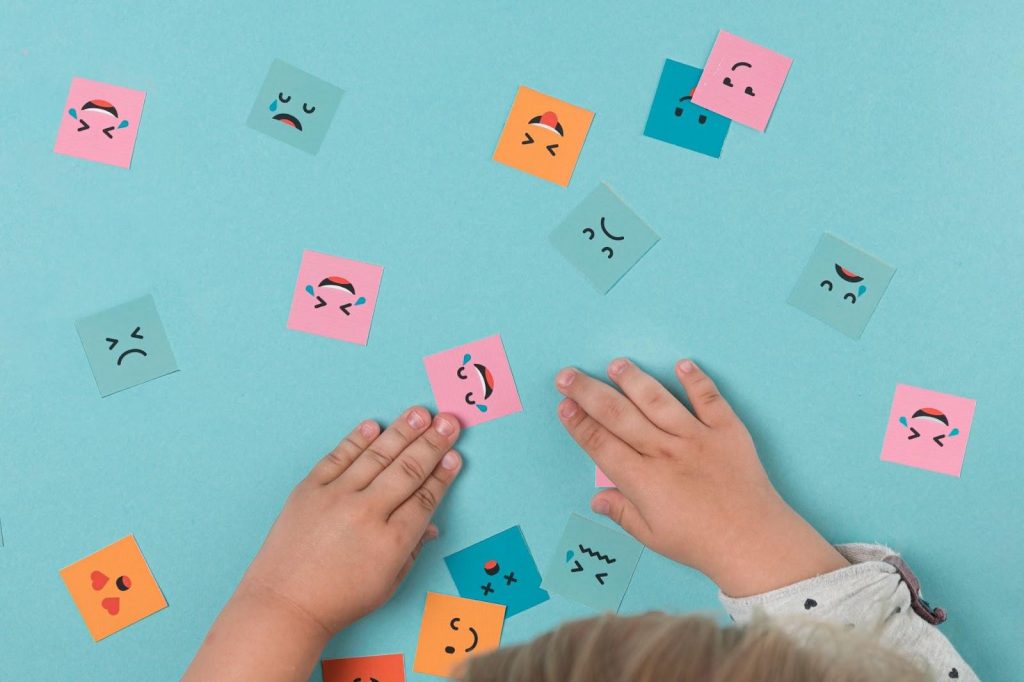
In today’s fast-paced world, it’s important to take a moment to think about something really important—kids’ mental health. Challenges like school pressures, making new friends, and even big changes at home can make their minds feel like a jigsaw puzzle missing a piece.
Promoting child and adolescent mental health is a priority recognized globally. The World Health Organization (WHO) emphasizes that policies, nurturing care from caregivers, school-based programs, and quality community environments play pivotal roles in fostering mental well-being in young individuals. Engaging in mental health activities can equip children with the social and emotional skills they need, setting the foundation for a healthier, more resilient future. Now, let’s delve into the specific benefits of these activities.
1. Feeling Happy and Calm: Teaching kids about these activities – let them take a break from the worries and stress of everyday life. It’s like a mini-vacation for their minds.
2. Stronger Relationships: When we understand our feelings, we can also understand other people’s feelings better. This helps us make friends, be kind, and build strong relationships.
3. Dealing with Tricky Stuff: Life can throw tricky stuff at kids – like school stress or problems with friends. Kids’ mental health activities teach them how to cope with these challenges.
4. Super Skills for Life: As kids grow up, these activities give them amazing life skills. Teaching kids about mental health helps them understand how to be kind to themselves, solve problems, and bounce back from tough times.
5. Less Stress and Anxiety: Sometimes, kids feel worried or anxious. These activities can help them calm those anxious thoughts and feel more at ease.
6. Happiness that Lasts: The best part? These benefits aren’t just for today – they’re for a lifetime. Kids who practice these activities grow up to be happier and healthier adults.
Taking care of your mental health helps you become the best version of yourself. You can focus better in school, enjoy hobbies, and chase your dreams with confidence.
11 Best Mental Health Activities for Kids
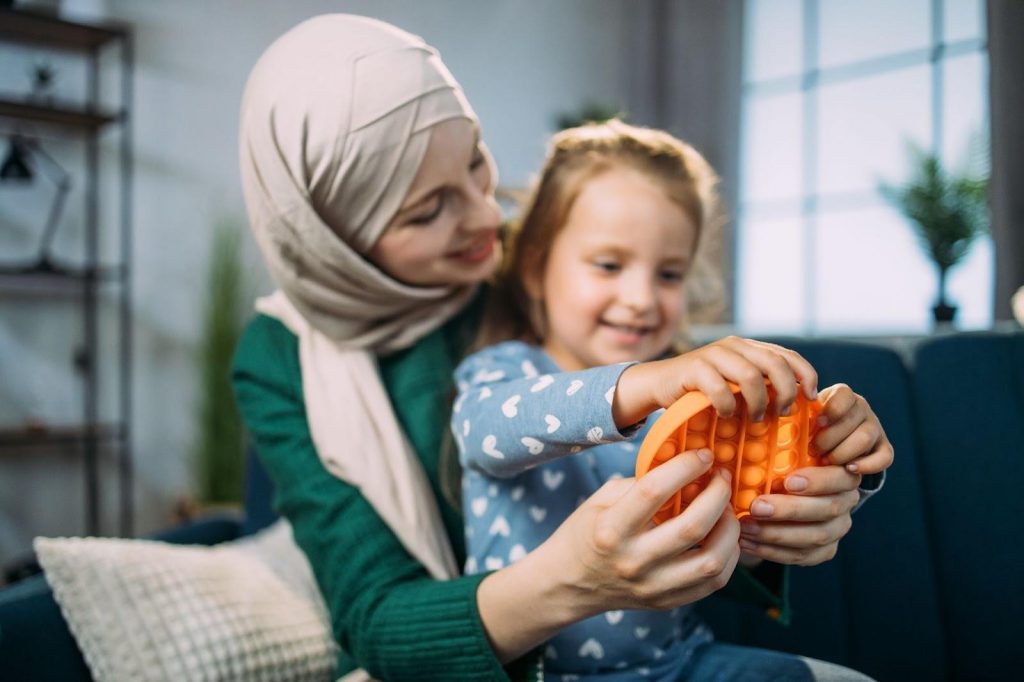
Let’s explore some of these effective activities that you can try:
1. Rainbow of Emotions Art
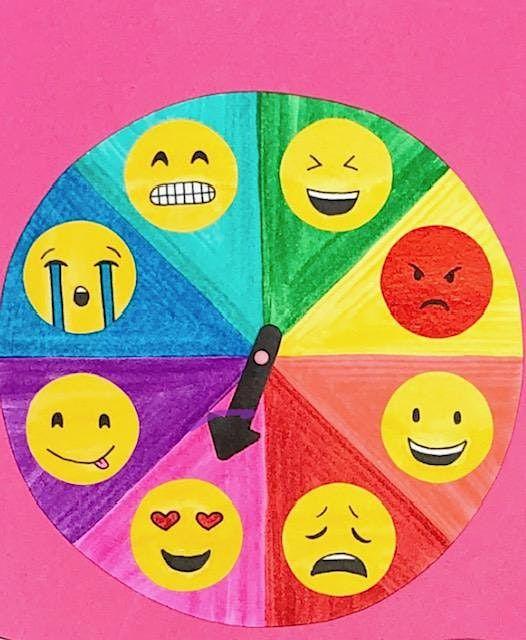
Drawing your emotions using colors is one of the best mental health activities for preschoolers. It can help them express how they feel when words aren’t enough. It encourages self-awareness and creativity, making it easier to understand and share feelings.
How to do it:
- Draw a big rainbow on paper.
- Assign different emotions to each color (e.g., red for anger, blue for sadness, green for happiness).
- Use crayons or markers to draw how you feel inside using the colors of the rainbow.
2. Gratitude Jar

The gratitude jar is a powerful way to focus on the good things in your life. Writing down what you’re thankful for every day helps you appreciate the positive moments, even on tough days.
How to do it:
- Get a jar and decorate it.
- Every day, write down something you’re grateful for on a small piece of paper.
- Fold the paper and put it in the jar.
- Whenever you need a happiness boost, open the jar and read your gratitude notes.
Related Reading: Prayers for Children to Teach Them How to Be Grateful
3. Mindful Breathing with Bubbles
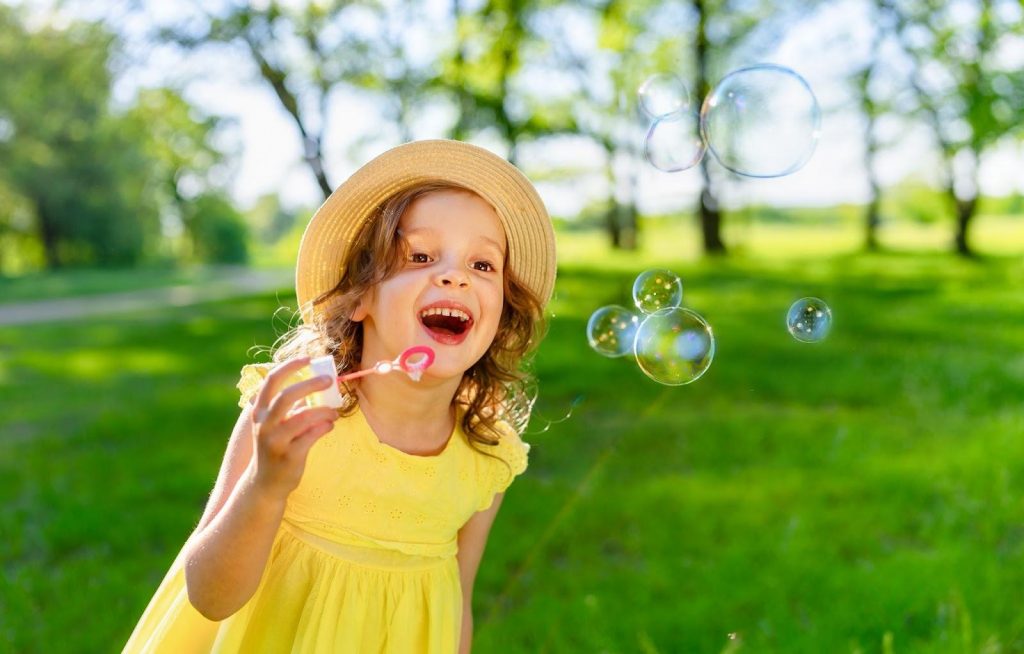
Blowing bubbles slowly and paying attention to their movements can be calming. It helps you take slow, deep breaths, which relaxes your mind and reduces stress.
How to do it:
- Blow soap bubbles slowly.
- Pay attention to how they float and pop.
- Take deep breaths as you blow the bubbles to stay calm and focused.
4. Feelings Charades

If you are looking for mental health activities for elementary students, playing feelings charades can be a good option. It helps you understand and express emotions without words. It encourages communication and empathy, making it easier to talk about feelings with others.
How to do it:
- Write different emotions on slips of paper (happy, sad, excited, scared, etc.).
- Take turns acting out the emotions without using words.
- Guess each other’s emotions and talk about when you’ve felt that way.
5. Nature Scavenger Hunt
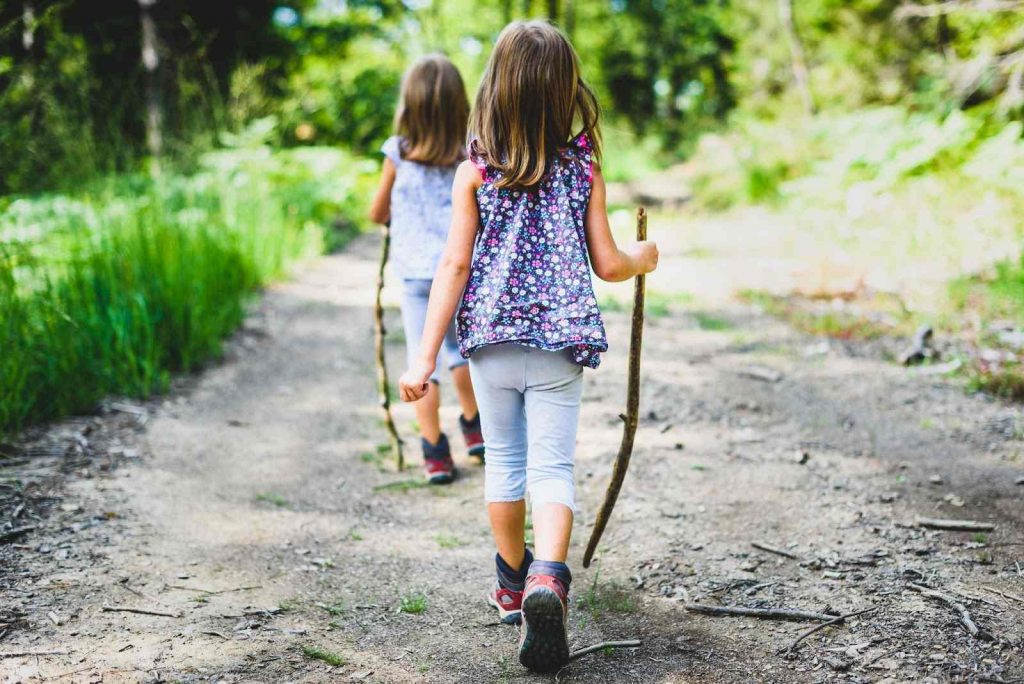
Connecting with nature is like a breath of fresh air for your mind. A scavenger hunt outdoors is one of the best mental health activities for elementary students. It can improve their mood, reduce stress, and boost their appreciation for the natural world.
How to do it:
- Explore your backyard or a nearby park.
- Make a list of things to find in nature, like a colorful leaf, a smooth rock, or a chirping bird.
- Go on a scavenger hunt to find these items and connect with nature.
6. Emotion Journaling
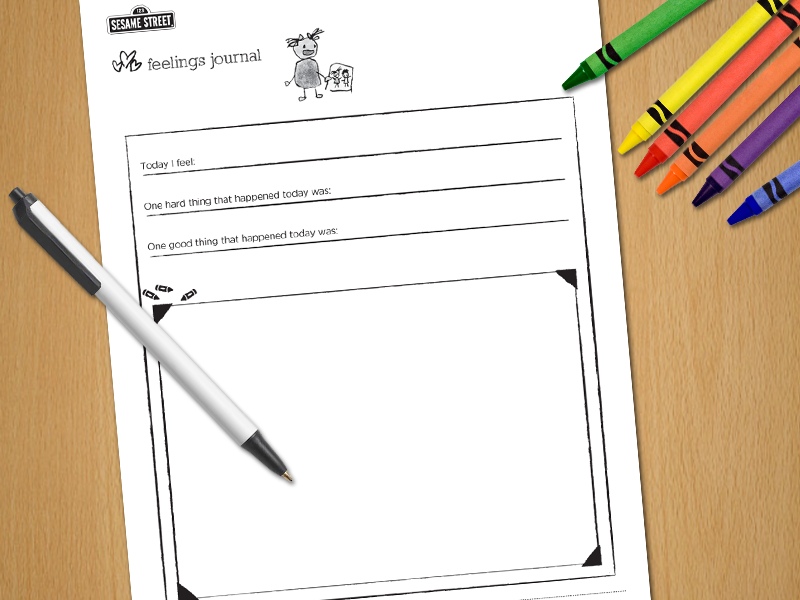
Encourage kids to keep an emotion journal, providing a safe space for them to express their feelings, thoughts, and experiences, helping them gain emotional insight and coping skills.
How to do it:
- Provide a dedicated notebook for them to jot down their emotions.
- Encourage regular entries, perhaps before bedtime or after challenging moments.
- Teach them it’s okay to write without judgment or criticism.
- Periodically review entries together to explore emotions and discuss healthier coping strategies.
7. Worry Dolls or Toys
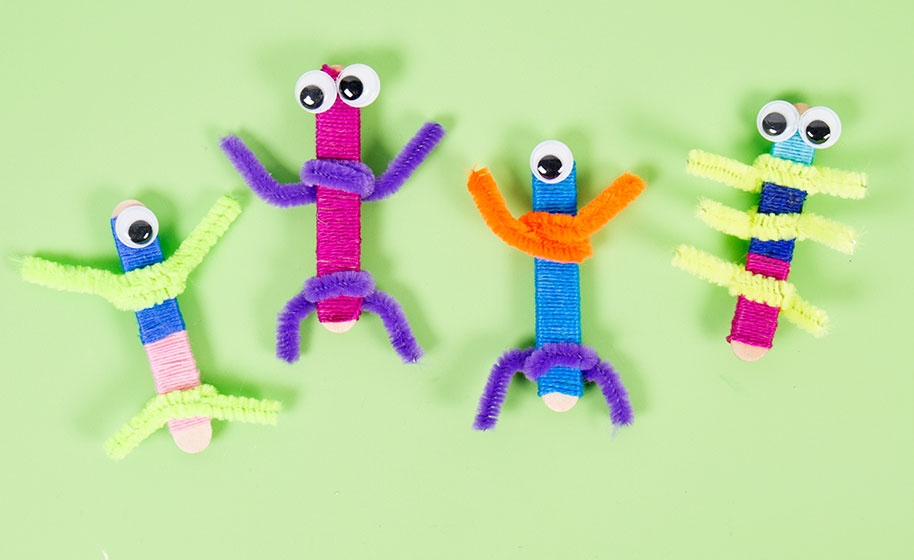
Talking to worry dolls or toys is like sharing your burdens. It provides a safe way to voice your worries and feelings, reducing anxiety and helping you feel heard.
How to do it:
- Find small dolls or toys.
- Share your worries with them by talking about what’s bothering you.
- Your dolls or toys can be like trusted friends who listen and understand.
8. Yoga for Kids
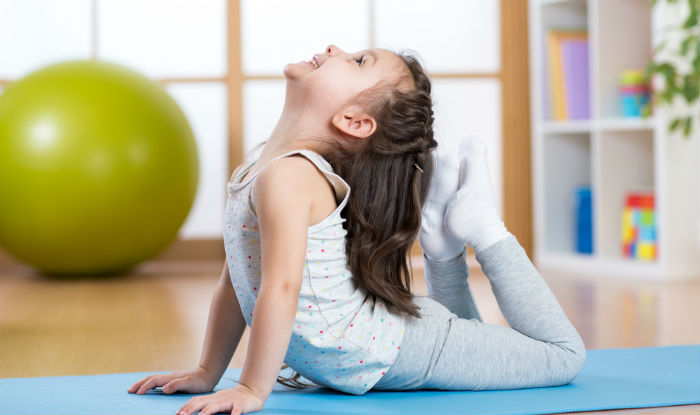
Yoga for kids is a delightful practice that nurtures their mental well-being through playful movements and mindfulness, fostering emotional balance and resilience.
How to Do It:
- Select yoga poses that are simple, enjoyable, and safe for children, such as downward dog, cat-cow, and tree pose.
- Set the mood with soft music, colorful yoga mats, and encourage kids to imagine they are animals or nature elements while practicing the poses.
- Teach them easy breathing techniques like the “balloon breath” or “butterfly breath” to help them relax and focus.
- Incorporate short mindfulness activities, like guided imagery or body scans, to enhance their emotional awareness and stress management skills.
9. Acts of Kindness Calendar
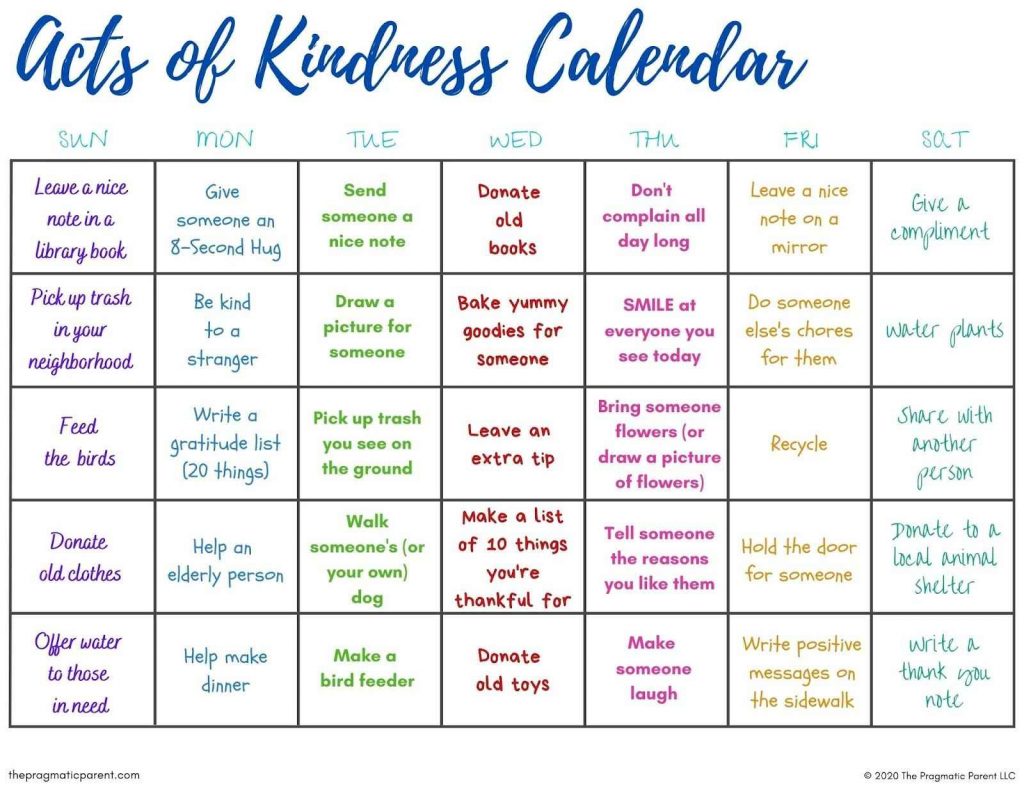
Performing acts of kindness boosts your mood and self-esteem. It also fosters a sense of connection with others and encourages empathy, making you feel happier and more fulfilled.
How to do it:
- Create a calendar with a kind act for each day (e.g., help with chores, compliment a friend, make someone laugh).
- Check off the acts of kindness as you complete them, and notice how it makes you and others feel happy.
Related Reading: Kindness Activities for Kids to Develop Positive Values
10. Silly Dance Breaks
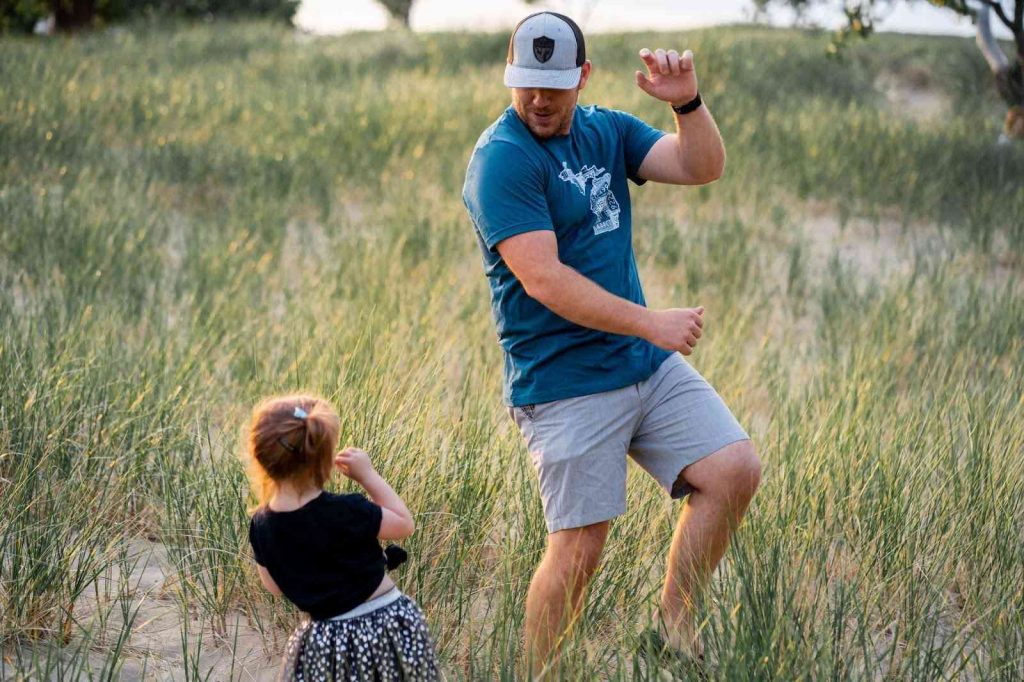
Dancing and laughing are natural mood lifters. Silly dance breaks are a fun way to release pent-up energy, reduce stress, and bring joy into your day.
How to do it:
- Put on your favorite music.
- Dance around the room, making funny moves and faces.
- Let loose and have a good laugh – it’s a great way to lift your spirits!
11. Mindful Coloring
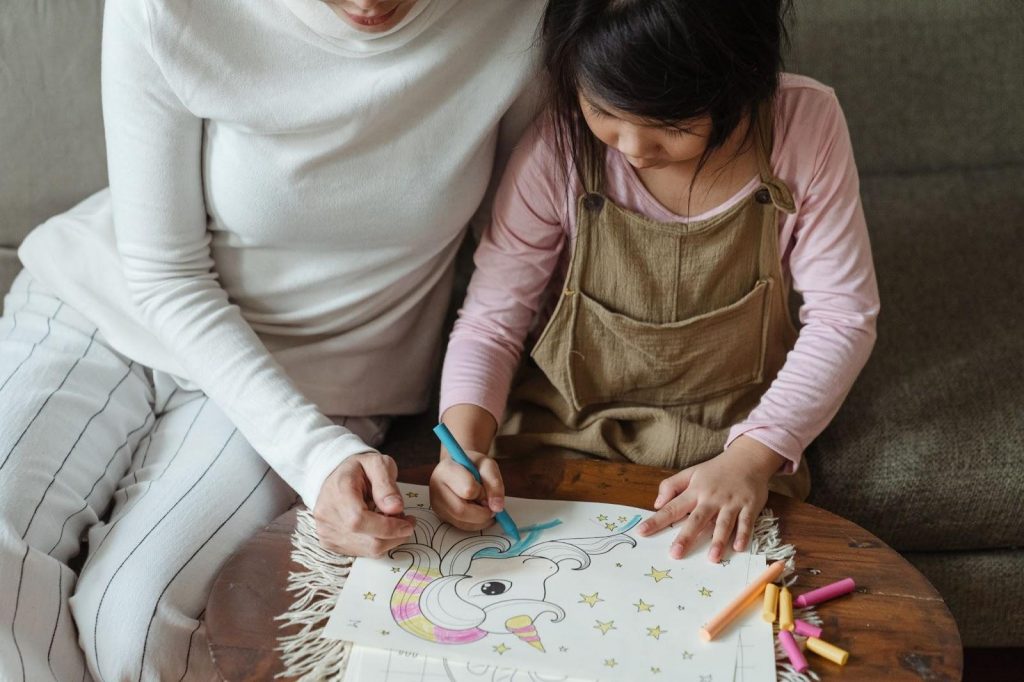
Mindful coloring focuses your attention on the present moment. It promotes relaxation, reduces anxiety, and enhances creativity. It’s like a mini-escape into a world of colors and calm.
How to do it:
- Gather coloring books or print out coloring pages with intricate designs.
- Choose your favorite colors, pencils, or markers.
- Find a quiet, comfortable place to sit.
- As you color, pay close attention to each stroke and the colors you’re using.
- Let your mind wander and enjoy the process without worrying about the end result.
You can also explore online coloring games for kids, which offer a wide variety of digital coloring options and themes for a relaxing and creative experience.
Importance of Mental Health in Kids’ Lives
We’ve talked about some super fun mental health activities for kids. But why is this stuff so important? Well, let’s dig a bit deeper and find out why taking care of our feelings is a big deal, especially when we’re kids.
1. Sometimes, kids don’t know how to talk about their feelings. Such activities can help them understand and express their emotions better by making them friends with their feelings. Think of these activities as tools of their emotional toolbox. The more tools they have, the better they can handle big challenges when they grow up.
2. Doing these activities is like exercise for the brain and the heart, making them grow stronger on the inside.They help kids become emotionally stronger and better at handling tough situations.
Therefore, kids who practice these activities often grow up to be happier and healthier adults. Taking care of your mental health is like giving yourself a gift. It helps you feel awesome right now and sets you up for an amazing future. It’s all about being the best, happiest, and most confident YOU.
Conclusion
As parents, we play a vital role in nurturing our children’s mental well-being. The journey we’ve embarked on today is a reminder that helping our kids with their mental health can be both simple and enjoyable. By introducing them to these activities, we provide them with valuable tools for resilience, self-awareness, and happiness.
Let’s encourage our children to explore their feelings, foster connections, and build a strong foundation for their future well-being. Together, we can create a world where our kids grow up to be confident, empathetic, and emotionally resilient individuals.
Related Reading: Best Meditation Videos for Kids
Frequently Asked Questions (FAQs)
Can these activities replace professional mental health care for children?
No, these activities are supportive but not a substitute for professional mental health care. If your child is experiencing severe or ongoing mental health concerns, consult a mental health expert.
How can I incorporate these activities into our daily routine as a busy parent?
You can integrate these activities naturally into your family’s day. For instance, practice deep breathing together before bedtime or create a gratitude jar during weekends.
What if my child doesn't seem interested in these activities?
It’s normal for kids to have preferences. Be patient, explore different activities, and let them choose what resonates with them. The key is to make it enjoyable and not force any particular activity.
Should mental health activities be introduced in elementary schools?
Yes, introducing activities related to mental health in elementary schools can be highly beneficial. These activities help children understand and manage their emotions early on, contributing to a positive and supportive learning environment.
























